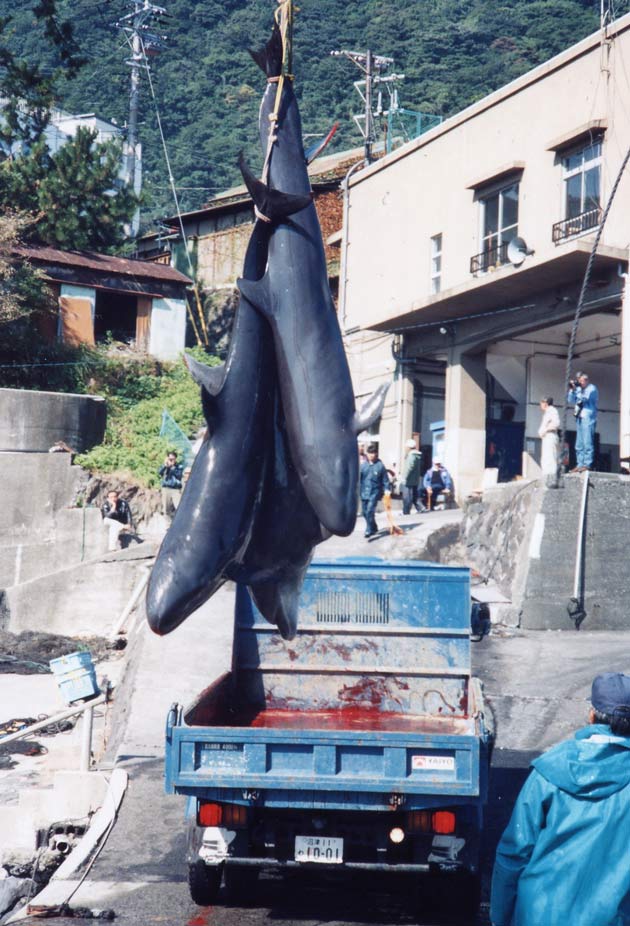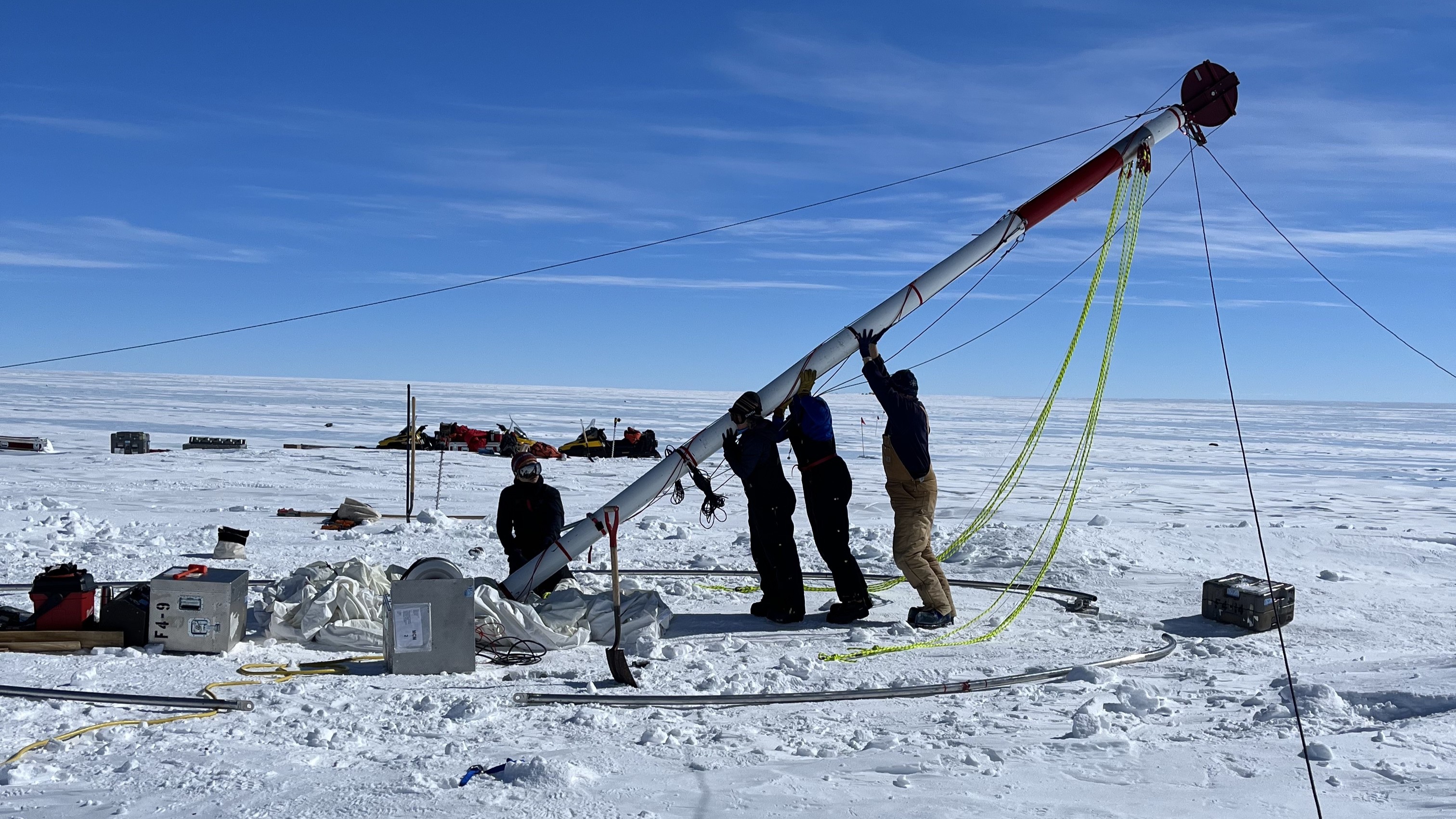
500 Dolphins Captured in Annual Hunt in Japan

The annual dolphin hunt at Japan's Taiji Cove, in which fishermen round up hundreds of dolphins for slaughter, ended today (Jan. 21). About 500 dolphins were rounded up in this year's hunt, CNN reported.
"More dolphins than ever before in a single catch are currently corralled and awaiting death after seeing about 50 of their children being taken away to aquariums around the world (where most will die shortly)," marine biologist Lori Marino of Emory University in Atlanta, Ga., told LiveScience in an email.
The dolphin hunt, which began Saturday, is a yearly tradition in the Taiji community, and continues despite international protest by animal conservationists. The hunt earned widespread attention with the release of the Oscar-winning 2009 documentary "The Cove," which depicted scenes of the water turning red from dolphin blood. Conservationists call the event a violation of animal welfare, particularly for animals that are intelligent and socially complex.
The nonprofit organization Sea Shepherd Conservation Society live-streamed video this year of bottlenose dolphins trying to escape their human captors, and many activists have been tweeting about the event. Caroline Kennedy, U.S. ambassador to Japan, tweeted: "Deeply concerned by inhumaneness of drive hunt dolphin killing."
But Japanese officials have defended the practice, saying the fishermen are exercising their legal rights. A representative of Taiji fishermen's union told CNN that the fishermen had begun using a "more humane" method of killing the dolphins, cutting their spines to end the animals' lives more quickly. The dolphins are either butchered for their meat, which may contain high levels of mercury or other toxins, or sold to aquariums, according to ajc.com.
Follow Tanya Lewis on Twitter and Google+. Follow us @livescience, Facebook & Google+.
Get the world’s most fascinating discoveries delivered straight to your inbox.

